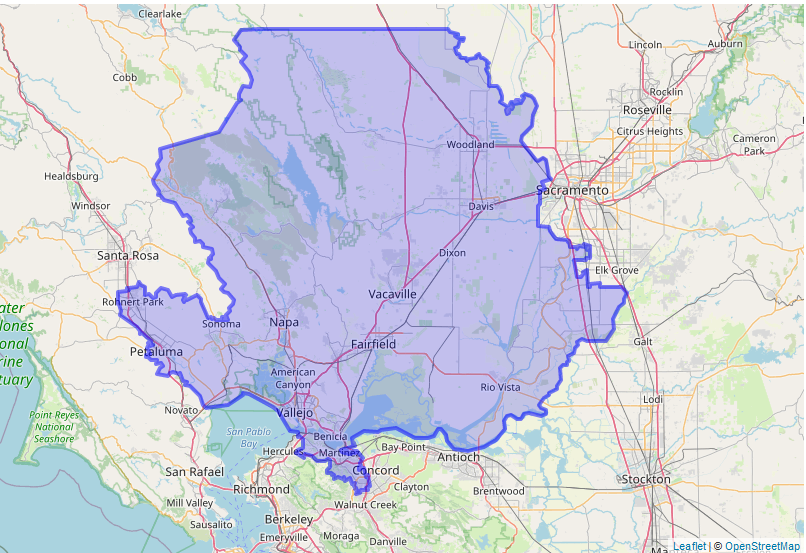California Senator Bill Dodd (D., 3rd) has proposed legislation to make every municipally-owned street light and traffic signal a potential cell site, removing nearly all of the discretion California local governments have to decide whether they even want cell sites on their municipally-owned poles.
SB556, Senator Dodd’s Bill, if enacted, would extend existing state law impacting government-owned utilities to every City and County in this state. Then, the proposed law would further extend the existing legislation to make it mandatory that cities and counties (yes, and towns, too) would be required to make every government owned street light and traffic signal available for use by cell phone operators. The fees that a local government can charge for this imposed-occupancy are only those related to the cost to allow the attachment (one time) and then only reimbursement for the actual costs of the As a bit of icing on the cake, arguably the wireless operator can force the local government to rearrange the light on a street light, or the traffic control lights on a traffic signal to accommodate the cell site.
The law as propose is shown below. Below that is the map of Senator Dodd’s District and his contact information. Let him know if you like what he’s proposing…or if you don’t like it!
PART 2. Street Light Poles, Traffic Signal Poles, Utility Poles, and Support Structures
SEC. 3.
Section 9510 of the Public Utilities Code is amended to read:
9510.
SECTION 1.SEC. 4.
Section 9510.5 of the Public Utilities Code is amended to read:
9510.5.
As used in this part, the following terms have the following meanings:
SEC. 5.
Section 9511 of the Public Utilities Code is amended to read:
9511.
(a) (1) (A) A local publicly owned electric utility shall make appropriate space and capacity on and in a street light pole, traffic signal pole, utility pole, and support structure owned or controlled by the local publicly owned electric utility available for use by a communications service provider pursuant to reasonable terms and conditions.
SEC. 6.
Section 9511.5 of the Public Utilities Code is amended to read:
9511.5.
SEC. 7.
Section 9512 of the Public Utilities Code is amended to read:
9512.
SEC. 8.
Section 9513 of the Public Utilities Code is amended to read:
9513.
SEC. 9.
Section 9514 of the Public Utilities Code is amended to read:
9514.
SEC. 10.
Section 9514.5 is added to the Public Utilities Code, to read:
9514.5.
SEC. 11.
Section 9515 of the Public Utilities Code is amended to read:
9515.
SEC. 12.
No reimbursement is required by this act pursuant to Section 6 of Article XIII B of the California Constitution because a local agency or school district has the authority to levy service charges, fees, or assessments sufficient to pay for the program or level of service mandated by this act, within the meaning of Section 17556 of the Government Code.
Below is the District Map for Sen. Dodd. If you have comments about his proposed legislation his contact information is below the map.
Online contact form: https://sd03.senate.ca.gov/contact
Capitol Office
State Capitol, Room 2082
Sacramento, CA 95814
Phone: (916) 651-4003
Fax: (916) 651-4903
Vacaville Office
555 Mason St., Ste 275
Vacaville, CA 95688
Phone: (707) 454-3808
Fax: (707) 454-3811
Napa Office
2721 Napa Valley Corporate Dr.,
Napa, CA 94558
Phone: (707) 224-1990
Fax: (707) 224-1992
Santa Rosa Office
50 D St., Ste 300
Santa Rosa, CA 95404
Phone: (707) 576-2093
Fax: (707) 576-2095
Vallejo Office
420 Virginia St., Ste 1C
Vallejo, CA 94590
Phone: (707) 551-2389
Fax: (707) 551-2390
